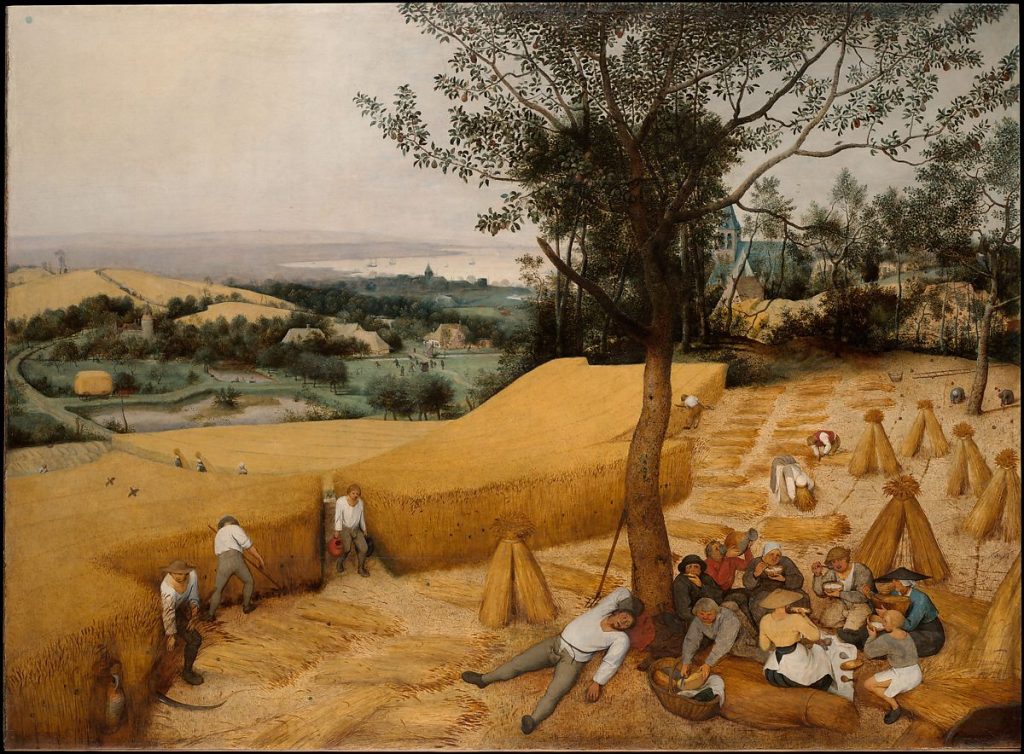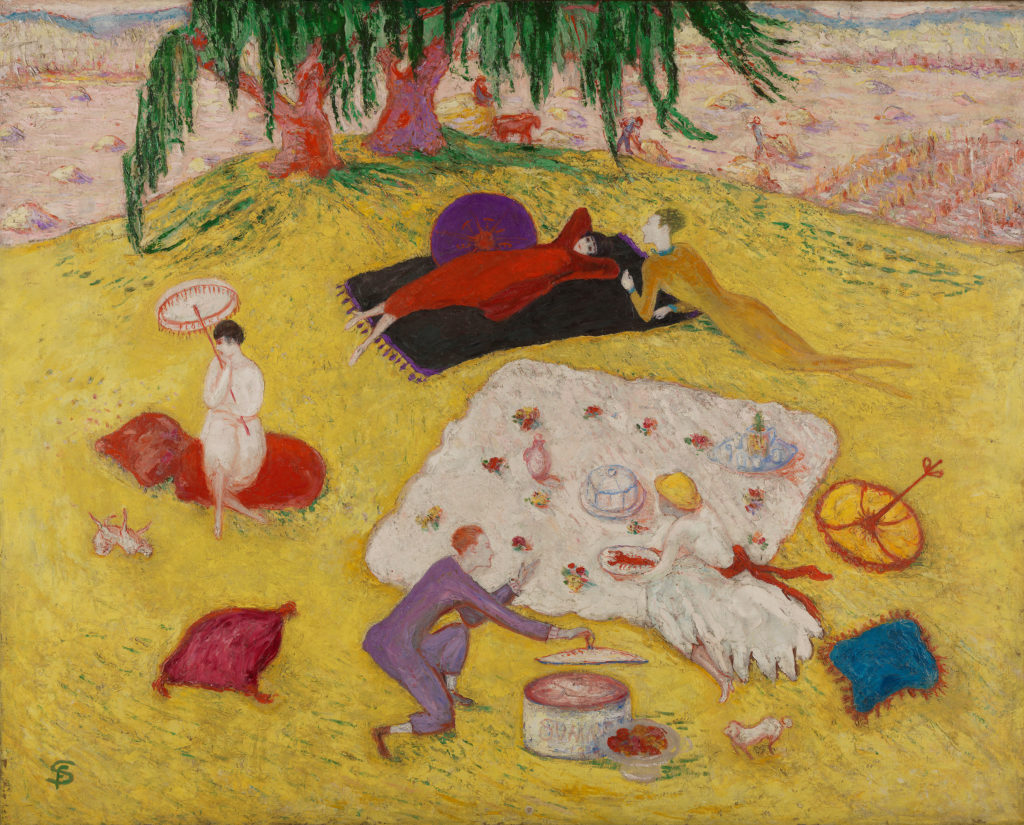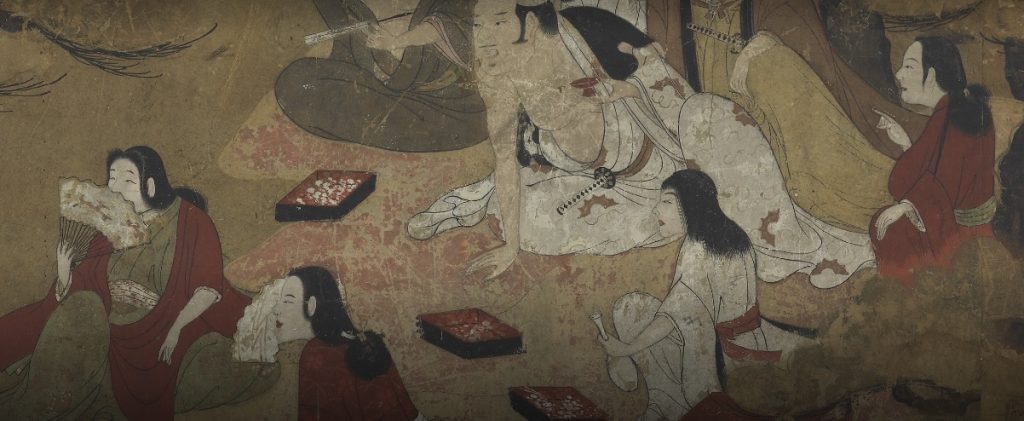Krispin Joseph PX
Picnic is a usual word we use to address our pleasure and enjoyment. Humans are pleasurable animals; we seek happiness for every action. We went out for ‘Out’ from ‘In’ because of wanting happiness. The fresh air in the wooden surroundings makes us happy, and we share good times with our dear ones in outdoor catering. Typically people carry their food, drinks and other things when going out.
The word picnic has a great history in humankind, and that history is also part of art history because art portrays this unique piece of art. Google Art and Culture bring a version of Picnic history from Art history. ‘Maybe this is too bad since some of the most beautiful and ingeniously designed containers were explicitly made for picnics, writes Lauren Nemroff in Google Art and Culture.
Picnic history brings us back to more than 1000 years of visual narration in Chinese art; Google Art and Culture bring historical accounts. And in Western art, the outdoor feast as an escape into nature dates back to the medieval era. Hunting expeditions are mainly part of Western life and are considered Picnic time.
The thousand-year-old painting tells us about the picnic moods in the East. In this section of the 10th-century silk handscroll painting, a pair of scholars relax on colourful cushions and rugs as they sip cups of wine a servant offers. A finely detailed wine basin with a ladle rests between them, writes Lauren Nemroff.

In the West, the picnic story is celebrated in Manet’s painting titled Le Déjeuner sur l’herbe (Luncheon on the Grass- 1863). In this painting, a nude woman is part of the picnic party, and her naked presence is scandalized; people are surprised when they come for a picnic or something else.

“Is it a picnic if half your party is labouring in the fields?” artnet.com
Peter Bruegel always portray people in the landscape, and The Harvesters (1565), depict a rare glance of labourers relishing a moment of rest. From a bird’s view, some people work in the paddy field, and some rest under a tree. In that resting group, some eat something from the bowl, and someone breaks a loaf of bread for himself or coworkers. Again, the question remains, are they on a picnic or resting?

“While we’re not sure how comfortable dining in a state of undress is, an appealing mood of tranquillity suffuses the scene.” artnet.com
Henri Matisse brings a psychedelic visual narration, a post- or pree swim mood of women. In his painting, Luxe, Calme et Volupt (1904), Matisse work marked the beginning of Fauvism, and the work’s title came from Charles Baudelaire’s Fleurs du Mal. It translates as “Luxury, peace, and Pleasure”, which is all anyone wants in a picnic, right?

“The painting illustrates Ovid’s Fasti featuring the gods Jupiter, Neptune, and Apollo.” artnet.com
Picnic is never a topic for modern art; Bellini’s Feast of the Gods (1514) narrates the ‘God’ matter of picnic. Gods have the noisy, booze-heavy vibes numerous of us might be after observing a year indoors; they resemble the last supper.

“The group luxuriates on a yellow knoll, with a pristine white blanket with parasols, cushions, and even lobsters being served.” artnet.com
Florine Stenttheimer’s Picnic at Bedford Hills (1918) bring the visual beauty of a picnic; flowery-pants figurines arise in this setting, including the artist’s sisters, the sculptor Elie Nadelman and Marcel Duchamp.





